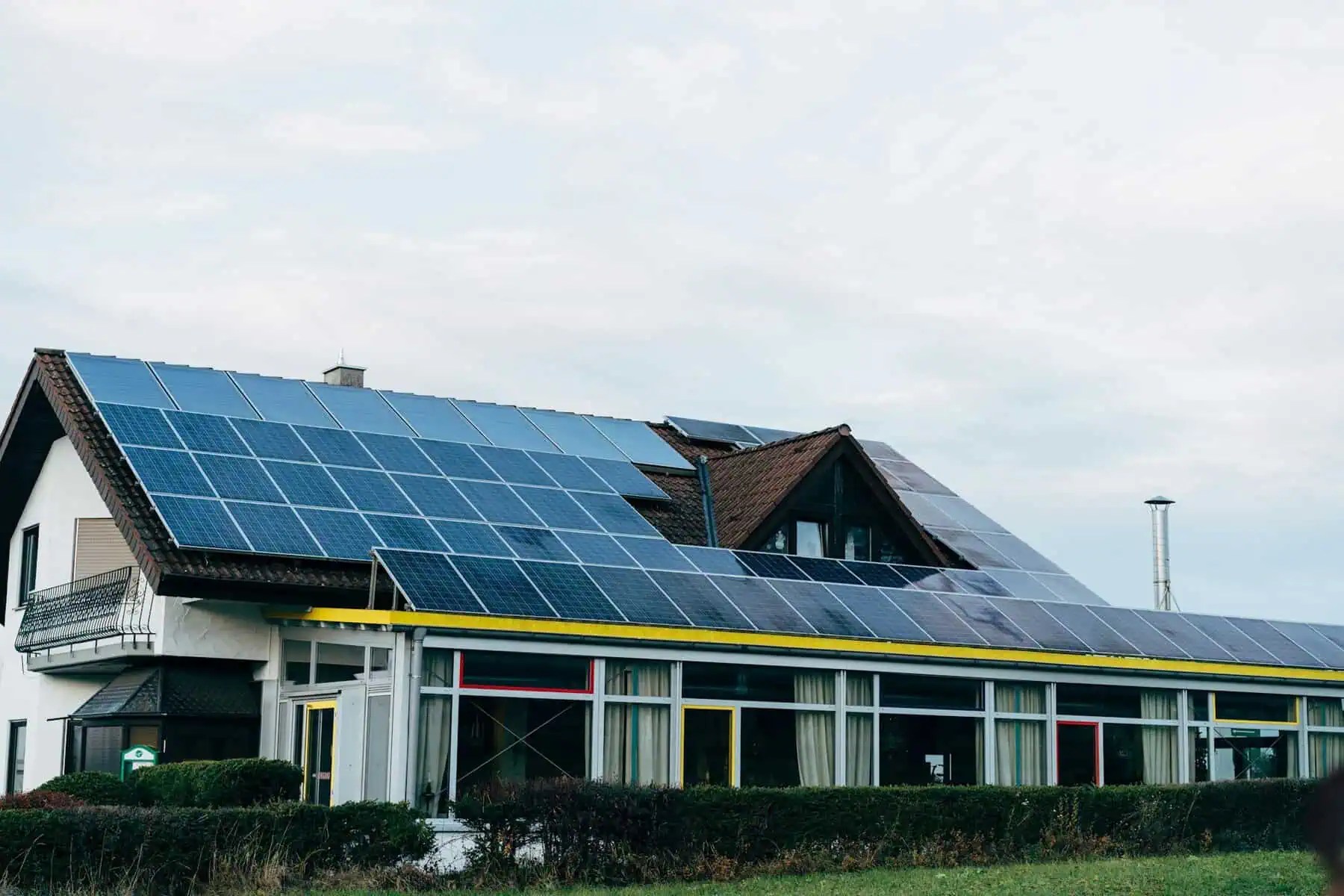“TheSmartConsumer is an Amazon Associate, we may earn commissions from links on this page that you click on and make qualifying purchases, thanks for helping support us”

Hands down, the solar investment is a long-term and big financial commitment that requires apt research and power consumption calculations. So, it is essential to consider the requirement of solar panels that produce sufficient solar power, the installation place, and the duration of daily sun peak hours.
Fast Fact: Contrary to the conventional view, solar panels do not use all the sunlight and only utilize peak-hour sunlight to produce solar power.
Let’s learn how you can calculate your solar power requirements:
Check Your Power Consumption
Evaluation of power usage is the most significant aspect that assists users in selecting the perfect size and number of solar panels. The simple way to do this is to analyze your previous power bills. These bills will provide a clear picture of monthly and yearly electricity consumption. The good thing is that this calculation will also provide you with daily power usage. If you have a smart meter, you can check your daily power use online as well. The electricity consumption is measured in kilowatts per hour kWh. For instance, a single-person residence will use approx. 8–12kWh daily, while a household of 5 persons with a pool could use daily 30–40kWh.
Day Time and Seasonal Use
At this point, it is significant to consider your peak power usage hours in the house. Maybe your home has less power use on weekdays and daytime as everyone is at work or school/college. In that case, your power consumption will be higher in the evening hours and solar panels might not be used effectively, as solar power produced in the daytime won’t be used. One solution to this problem is solar batteries that enable users to store solar power produced in the daytime so they can use it in later hours, or send it back to grids and earn monetary benefits through net metering.
It is also necessary to consider power-hungry days like when everyone is at home, in summers when we require air conditioners, or in winters when we frequently use heaters. Consider all these aspects as it will give you a better understanding of your power consumption on average.
Consider Future Use
Considering future aspects of solar PV system installation is important as it will be installed for many years. So, the selection of an optimal number of solar plates is crucial, here are a few future aspects, that every user must contemplate and can add personalized aspects to:
- If you or people at home work remotely, subsequently, you may require more power.
- If you are planning to start a family, your power needs will increase.
- If you are planning to add a swimming pool, it will add up in the daily power consumption as pool pumps use more power.
- Switching from conventional appliances to solar electric hot water pumps or stoves will increase power usage.
- Or you want to upgrade your conventional gas/petrol vehicle to an EV and more as per user preferences and plans.
Fortunately, you do not need any magic wand to resolve it, a simple solution is to opt for a bigger system that you can easily afford today, or go for one that can be updated later easily.
Solar Panel Size Calculation
Now it is time to calculate the size of your required solar PV system as per your power consumption. The most common type of connection is grid power which consumers use for power at night time and solar panels in daytime.
Thus, how much solar power you can expect out of solar panels? Most solar PV systems are rated in kW (kilowatts) or W (watts) as you will see solar systems expressed as 5kW, 6kW, 4kW, 10kW, and so on.
1 kilowatt of solar panels = 4 (kilowatt per hour) kWh of electricity produced daily. So, a single solar panel will produce 4kWh electricity per day and a 5 kW solar system will generate approx. 20 kWh on a normal day (good sunshine but not too hot).
Also, a general rule of thumb is solar panels produce power per kilowatt as per their location. Many places get sufficient sunlight in summers and winters as well. However, some locations that get enough sunlight have structural obstructions like trees, shadows, low sun angle, etc, in that case, solar panels will not generate high amounts of electricity. Hence, location is the most important as it impacts the power production capacity of solar PV systems.
Talk to Solar Installers
Most of the time, solar users find it difficult to calculate their power consumption and efficiency of solar panels. Fortunately, here comes the recognized and professional solar installers to save you. Solar users can consult them as many of them offer free quotes, have expert technicians, and have many authentic solar brands for every budget.
